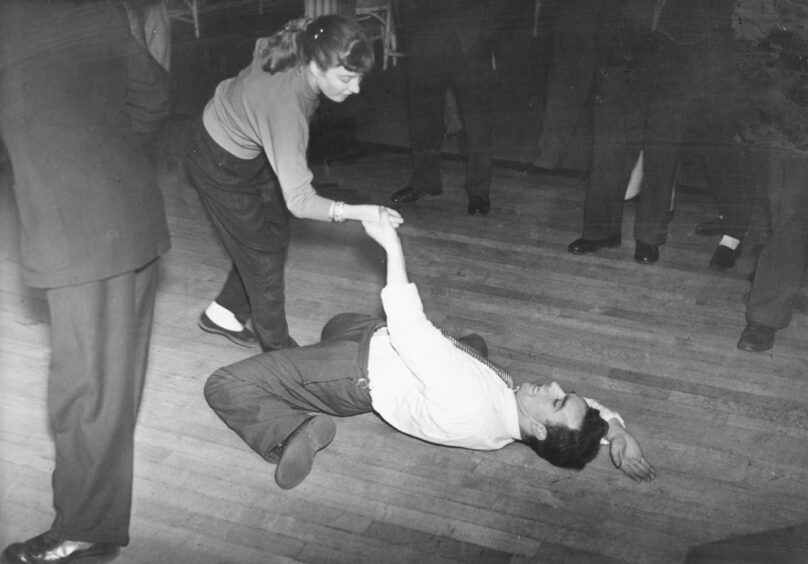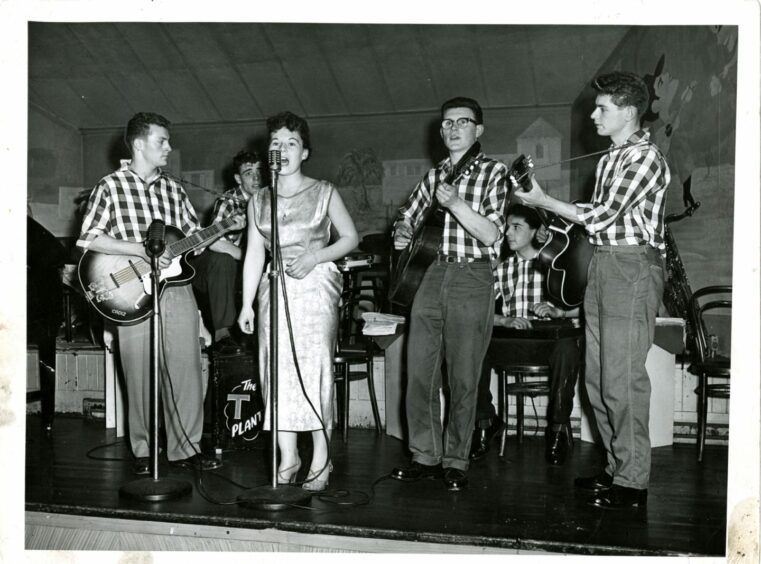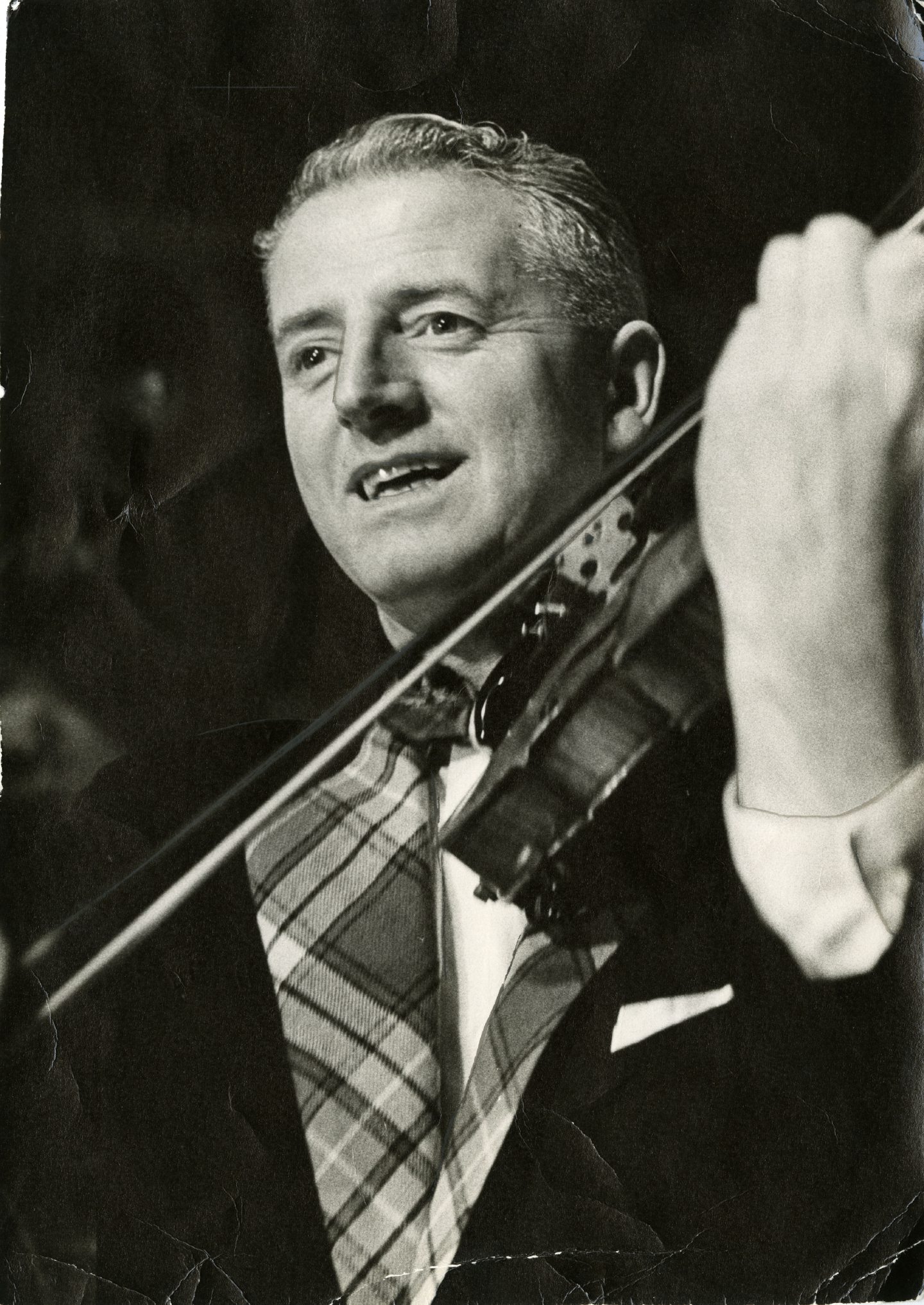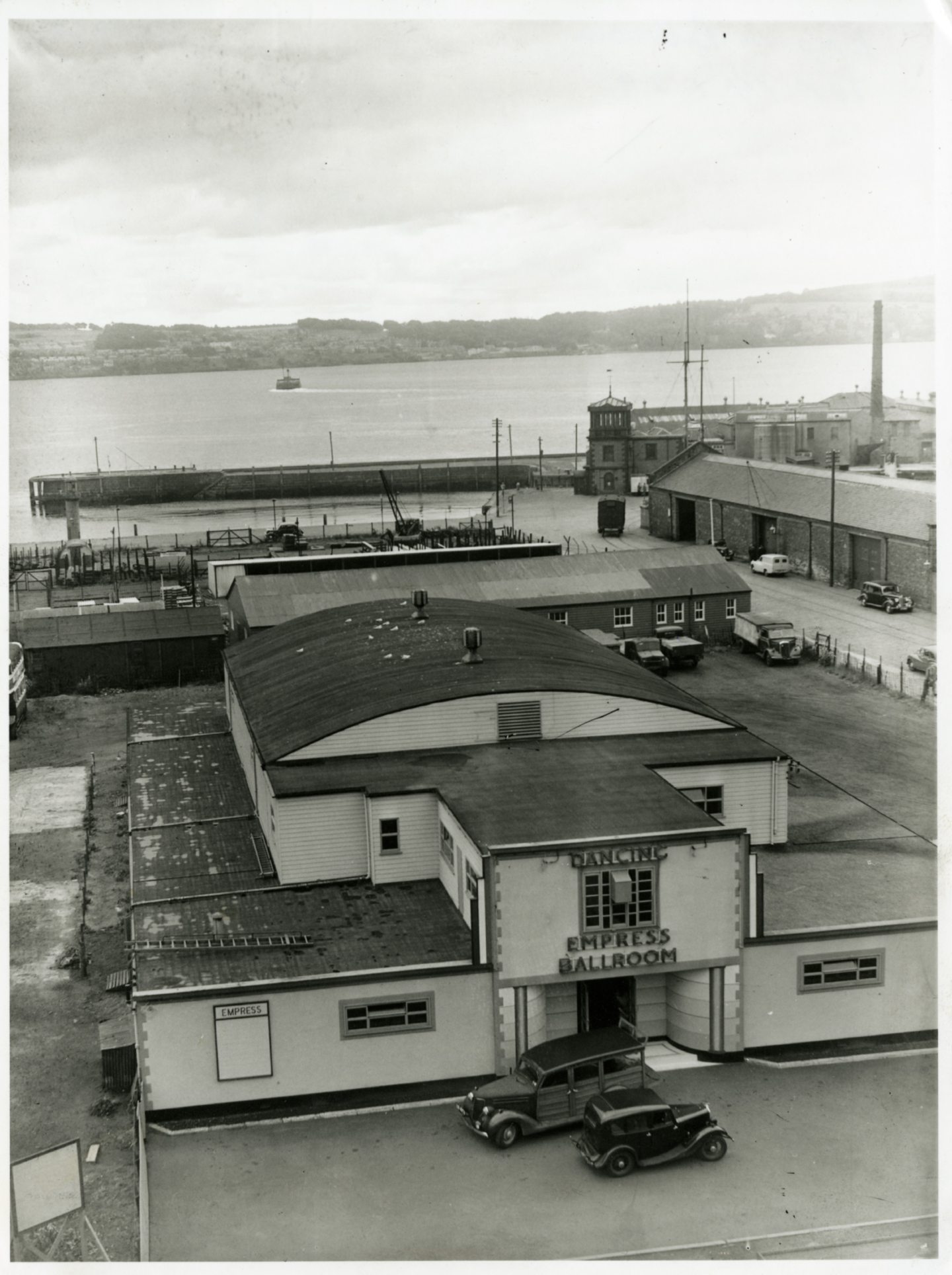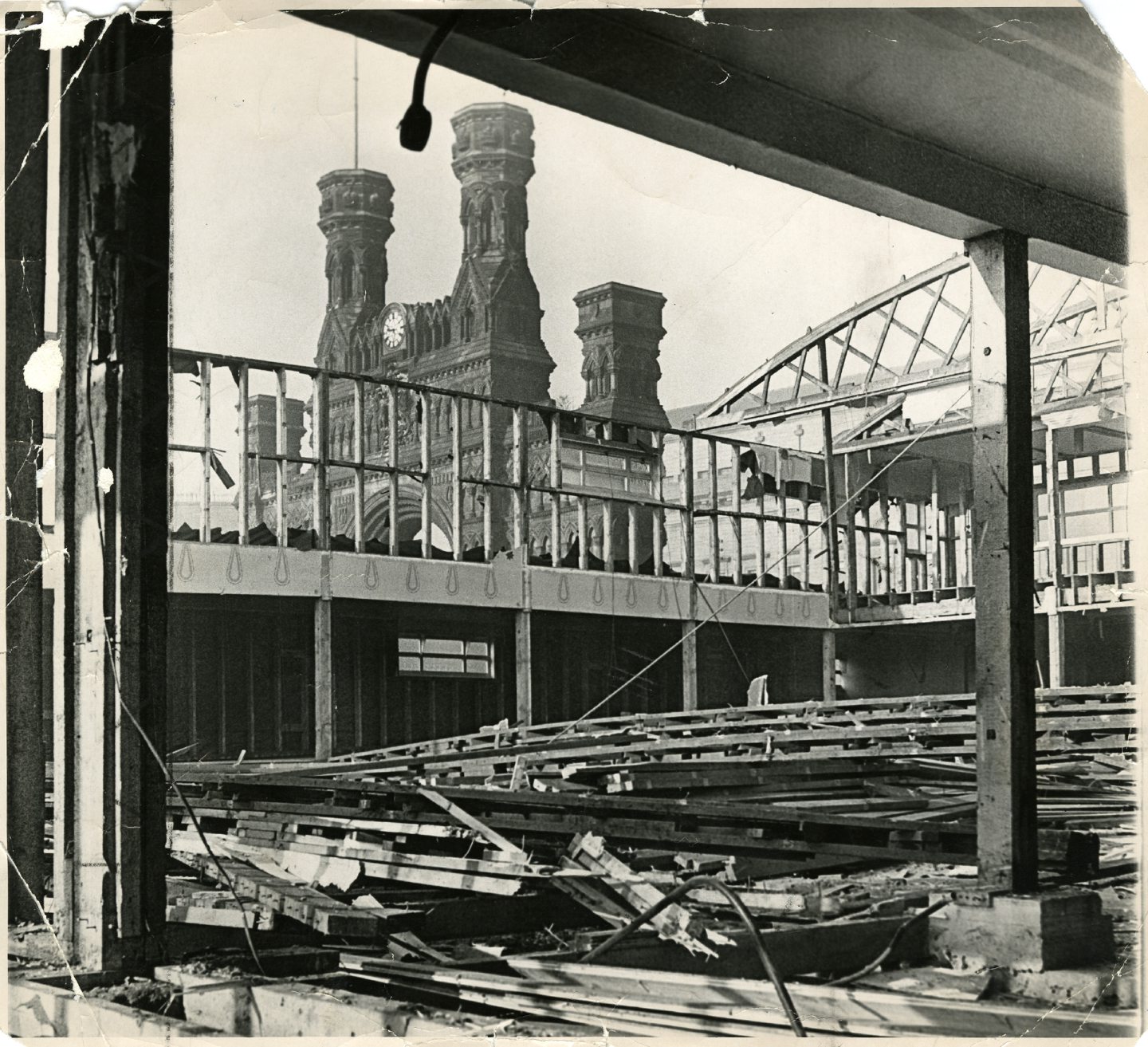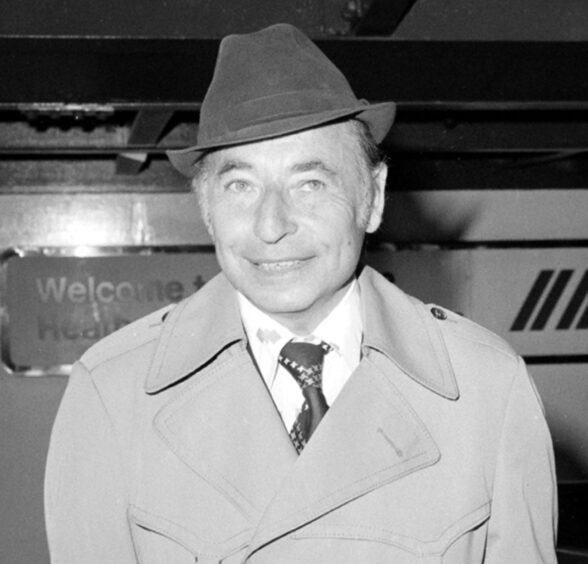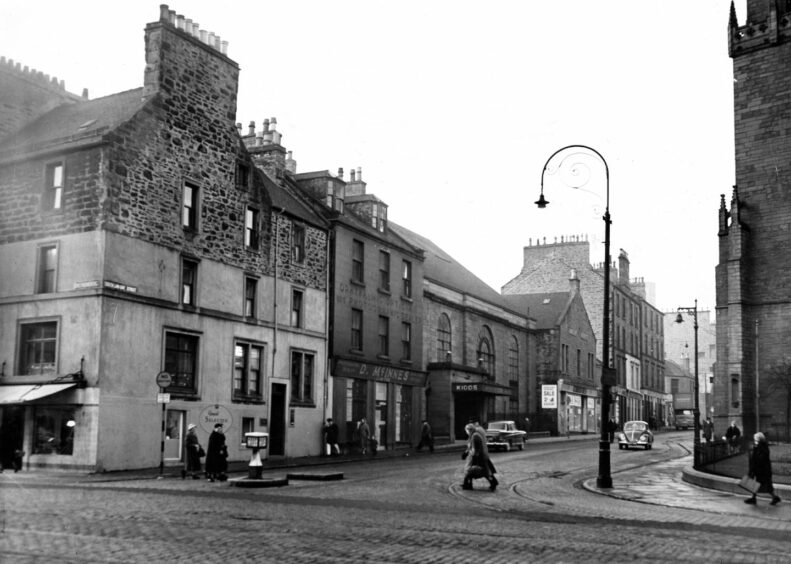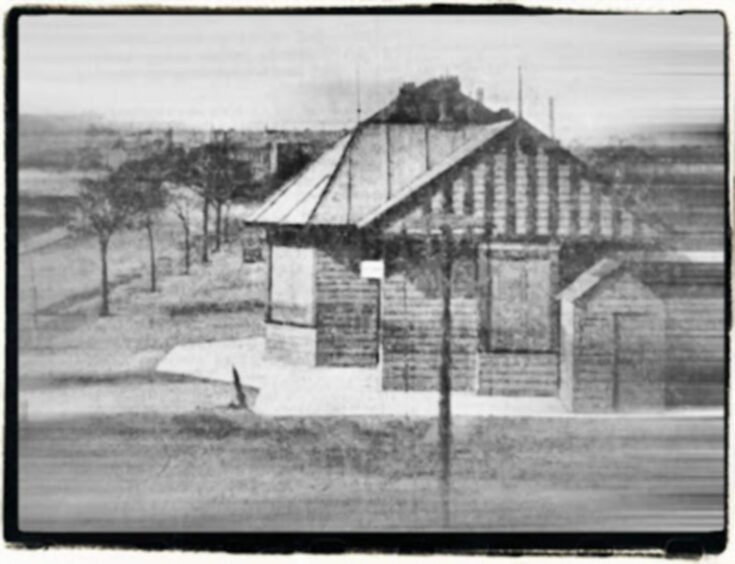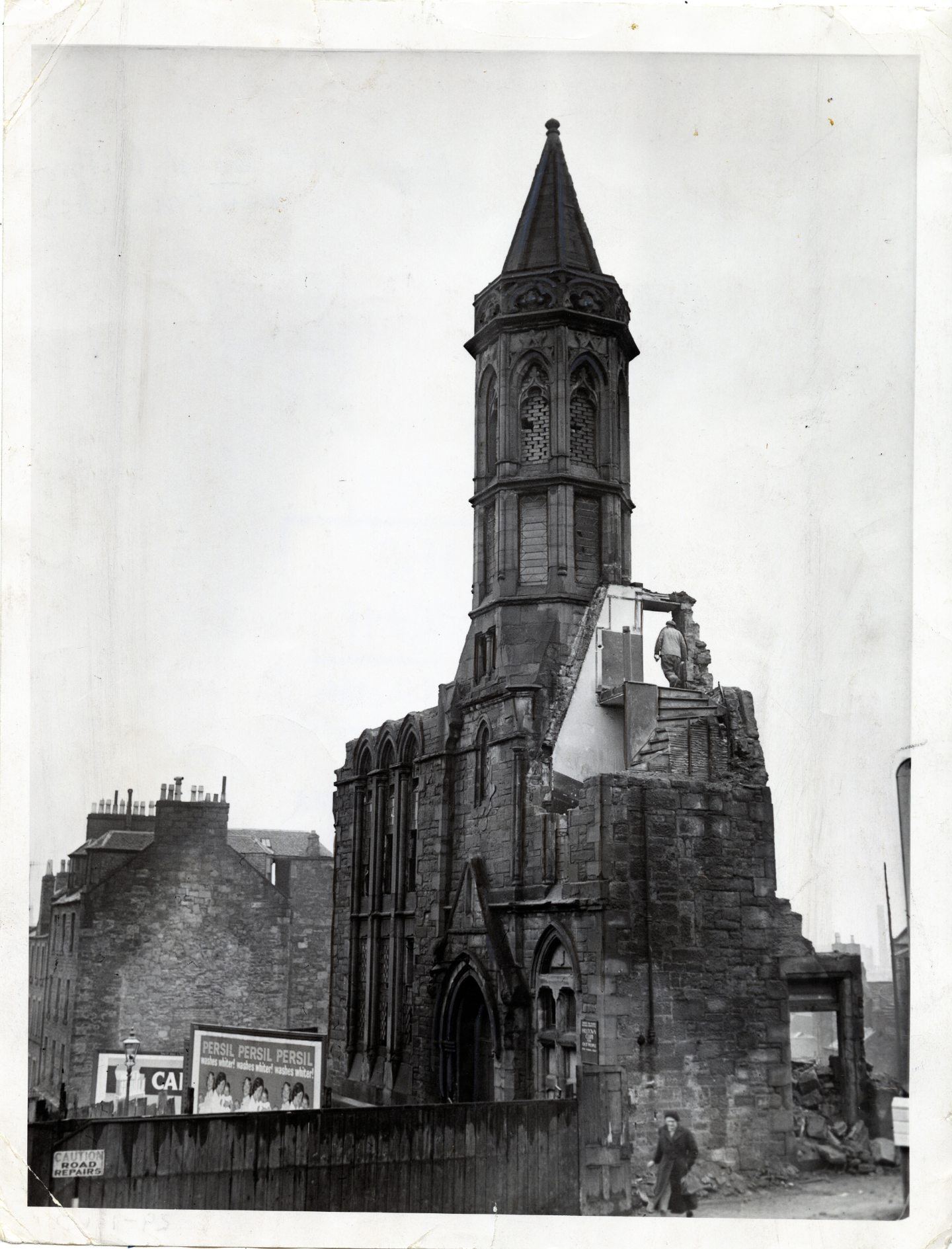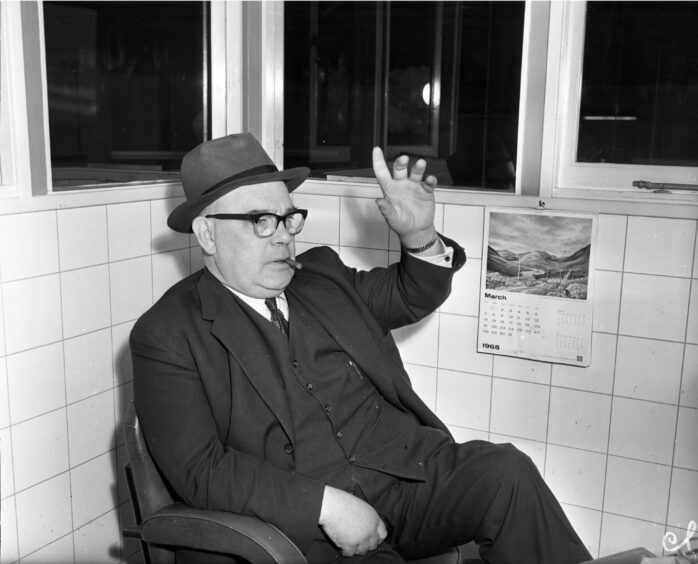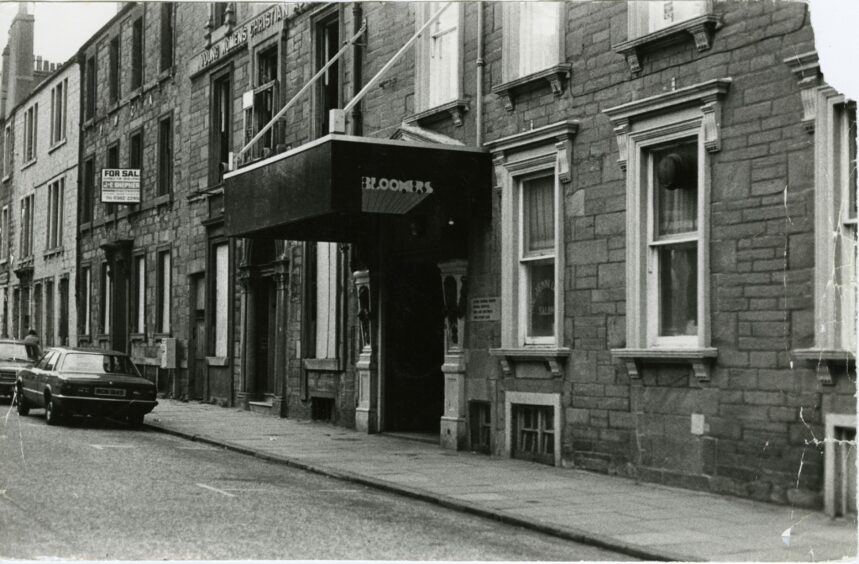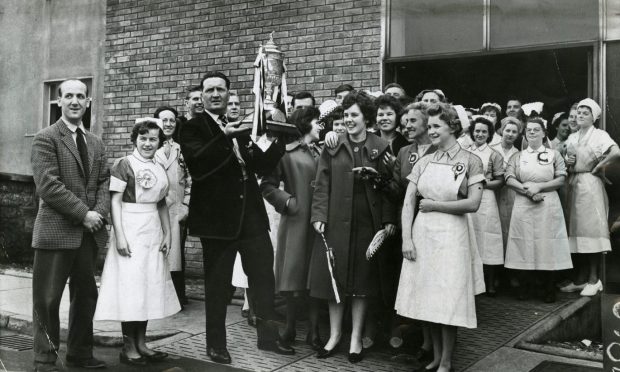The polished floors of Dundee’s dance halls was the place where hundreds of romances began, blossomed, and, on occasion, died.
Just before the Second World War, and in the boom years which followed, the city had many dance halls, all with their own individual following.
There wasn’t a night of the week, with the exception of Sunday, when you couldn’t go dancing somewhere in the city.
Those who could afford it, and most made sacrifices to do so, took a few lessons at one of the city’s many dancing schools before venturing near a hall.
Others gained their tuition by dancing all the way to and from the hall under the guidance of a light-footed friend.
The more enthusiastic gave up their lunch hour to practise steps and it was a common enough sight to see a pair of workmen dancing together in a close or alley near their place of employment.
The West End Palais in the cobbled Well Road off Hawkhill first opened in 1910 and was small, intimate and smoky.
It was known to one and all as Robbie’s.
The proprietor, John Robertson, taught literally thousands of young Dundonians to dance.
Many of the city’s finest dancers took their first basic steps from the instructions of Mr Robertson using the strict tempo dance records of Victor Sylvester and the like.
Robbie’s, like others of its time, was demolished in 1966, in its case to make way for the university expansion.
Thousands of couples waltzed and foxtrotted to the strains of a variety of bands and perhaps the most popular rendezvous was the old Palais in Tay Street.
The Duncan family, who at one time operated the Palais, was responsible for bringing many famous names to Dundee including Louis Armstrong in 1933.
He was appearing in Edinburgh when James Duncan paid £40 for Armstrong to be brought through to perform at the Palais one night after a second house.
One of the best-known of the pre-war Palais bands was Harry Smead’s Orchestra.
Smead bought records of all the tunes Armstrong was to play that night after being told that they were to back one of the most influential figures in jazz.
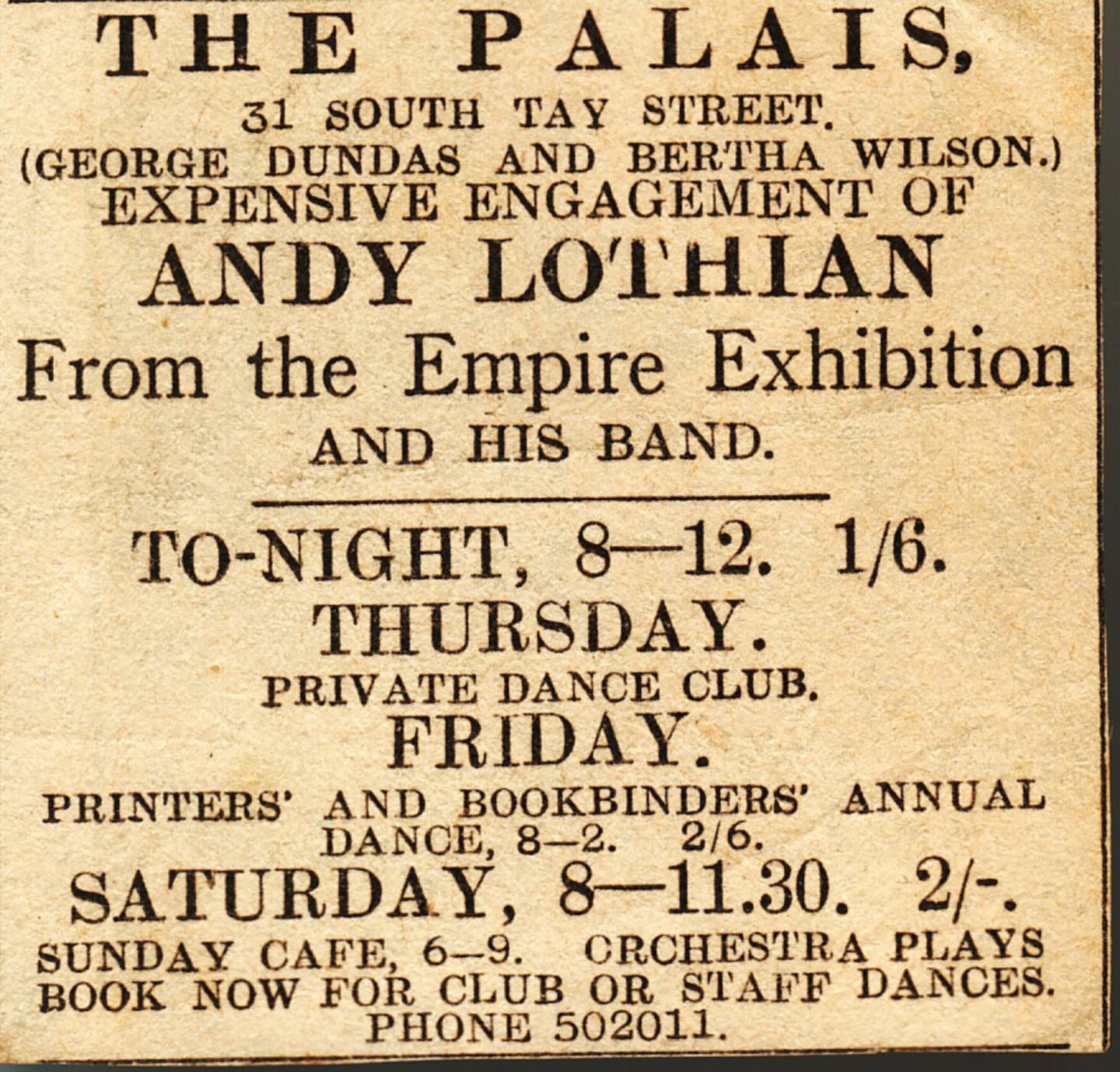
During his car journey to Dundee he was fined for speeding before playing 10 numbers with Smead’s band including Tiger Rag, You Rascal You and St Louis Blues.
The band had mastered the arrangements so thoroughly that Armstrong praised them afterwards for their wonderful “off-the-cuff” accompaniment.
The longest-serving Palais band was that led by the legendary Andy Lothian.
Coming to the city around 1938, after George Dundas and Bertha Wilson took over, Andy and his violin were synonymous with the Palais for about 30 years.
Every band had its comedian and trumpeter and Clem Stevens was a Dundee favourite.
One of his most memorable stunts was pulled one Christmas Eve when he had a huge pumpkin made and installed in one of the largest ventilation shafts in the hall.
Then, at the appropriate time, the pumpkin, with Clem inside, was lowered among the dancers.
When he finally burst his way through the pumpkin he was sweating profusely, but the crowd loved it and Clem reckoned it had all been worthwhile.
The Duncan family expanded their empire considerably, setting up in competition to the Palais with a number of new ballrooms of their own, notably, the Empress ballroom, on the Dundee shore front, alongside the Victoria Arch.
Built on reclaimed land, the ballroom became well known for the slight ‘wave’ in the floor, which formed after many years of use.
Andy Lothian’s brother, Jimmy, for a time led the band there and among early musicians at the Dock Street dance hall was saxophone player Benny Green.
The hall opened at Christmas 1938 under the dark shadow of the Royal Arch and the opening night featured Carl Volti and his band from the Ritz in London.
The Empress played host to various famous bands and was another popular rendezvous until it was demolished to make way for the Tay Road Bridge approaches.
The Locarno, too, which opened in 1939, had its fair share of well-known resident maestros, including Murray Sheffield with his soprano saxophone at the bandstand.
Like other halls of its day, the Locarno, which was situated in Lochee Road, would, from time to time, bring top-name bands to play for the customers.
One of the country’s best-known dance band leaders, Joe Loss, was once barred from the Locarno after being booked for a one-night stand.
It seemed everyone aged between 18-80 wanted to see the Joe Loss Orchestra and the bouncer was struggling to deal with gate-crashers.
The final straw came when one fellow boldly marched past the pay box and was grabbed by the bouncer and asked for his admission money.
The man refused to pay and the ballroom manager was sent for.
At the pay box, he interrogated the gate-crasher and finally said: “Have you anything to do with the band?”
“I own it,” the stranger explained. “I’m Joe Loss.”
Those were the days when bouncers earned their pay easily.
Any brawls that sprang up were settled in a gentlemanly manner with the two contestants leaving quietly to settle their differences on a nearby piece of waste ground.
Many enthusiasts lacked sufficient funds to satisfy their love of dancing and they sometimes sneaked in without paying.
They used to go in through back doors, toilet windows, emergency exits – everywhere, in fact, where it was possible to do so.
They also collected pass out tickets from previous dances and carried them around whenever they went dancing.
Two would pay to get in and then come out almost immediately for a breath of air.
When their friends saw the colour of the pass out ticket they had been given, they dug out the same colour from their collections and trooped into the hall.
The Locarno closed in 1953.
There were also, of course, places like the Chalet on Broughty Ferry Esplanade, and several other smaller ballrooms in Dundee, including the Progress Hall on the Hilltown, which was notorious for its brawls.
The other principal venue in the city was Kidd’s Rooms in North Lindsay Street, whose Saturday night sessions principally attracted senior school children and students.
Kidd’s Rooms closed in 1962 to make way for the new Overgate shopping precinct.
In 1954 local businessman James Murdoch Wallace entered the dancing scene when he bought St David’s Church in North Lindsay Street.
A showman, partly by intent but more by nature, he had a tremendous flair for controversy and achieved widespread publicity for his social activities.
The disused building became the JM Ballroom and at the opening of his new dance hall he declared: “No teddy boys will be allowed in. I’m to keep it respectable.”
A jacket, collar and tie were absolutely essential to gain entry.
Although this was the time when pop groups were emerging, Mr Wallace was determined to maintain his standards and as teddy boys were synonymous with the rougher element, they were discouraged.
The initials JM were at the time just about the most famous in Dundee and Wallace even had the number plate ‘JM 9’ on his Rolls-Royce.
Several bands were residents at the JM over the years including Maisie Langfield, who led a seven-piece outfit in 1961. All the other members of the band were male.
In 1975 Mr Wallace’s son, Murdoch, completely refurbished the JM and the whole idea of dancing was changed with the opening of the Barracuda.
Murdoch opened Samantha’s and the Stage Door Bar in 1976 in the old Palais building following the purchase from local rival Andy Lothian, by then owner of the premises.
Samantha’s was later rechristened Bloomers, and the nightspots of today’s style were effectively on the way.
The old Palais burned down in 1980.
For more than half a century Dundee’s dance halls provided music, magic and glamour and those days will never be forgotten by those who jigged there.
More like this:
Dancing days: Remembering the magic of the old Palais in Dundee
3am eternal: DJ Hot Ice relives Tayside’s club scene in the ’80s

